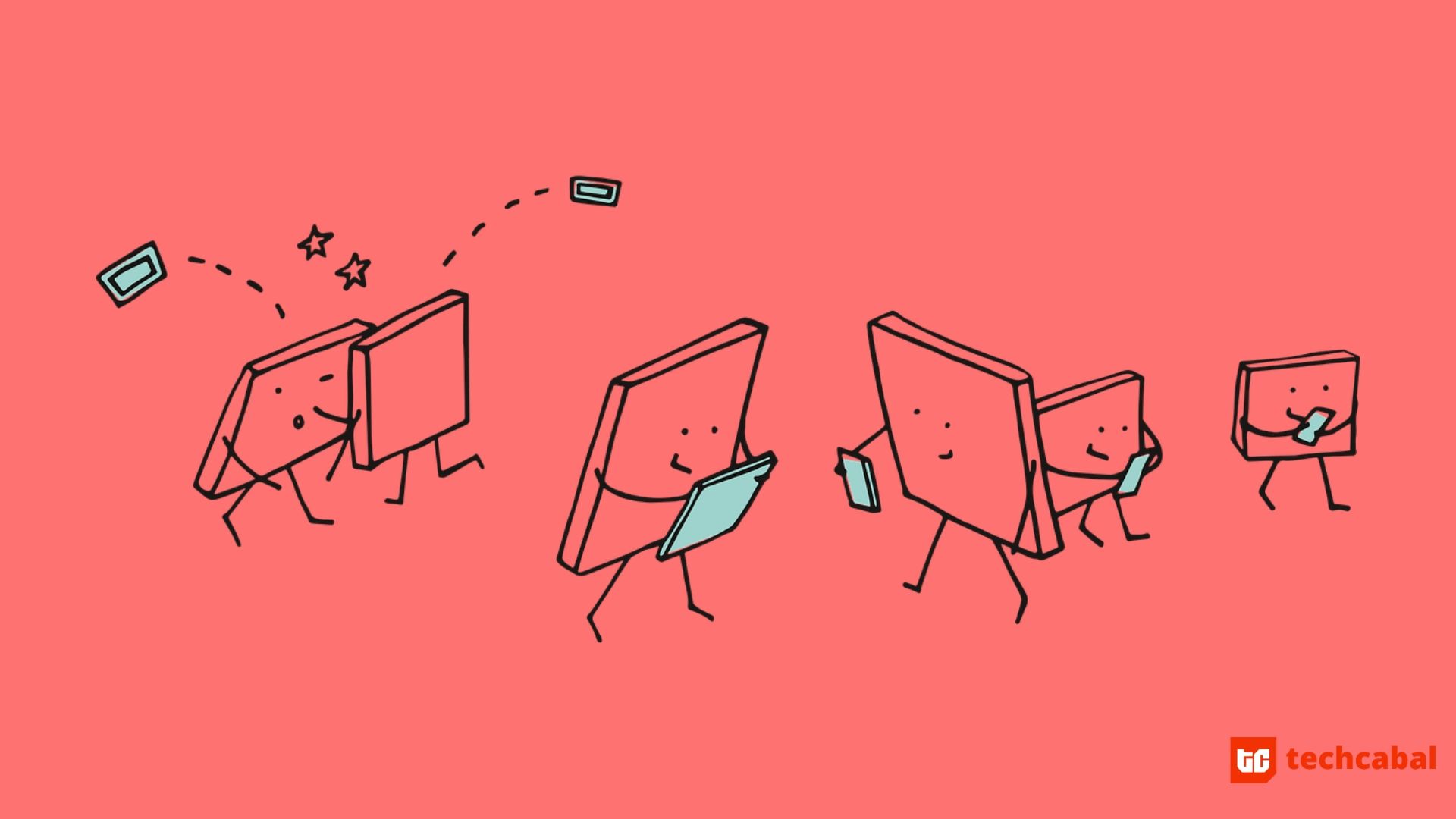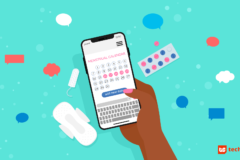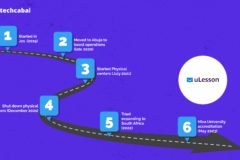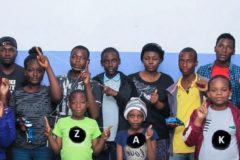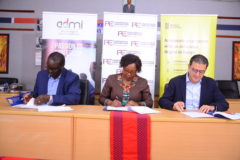In 2007, a project called One Laptop Per Child (OLPC) began developing $100 computers for school children especially in developing countries where poor systems posed a challenge to quality education.
The OLPC XO-1, the initiative’s first model was a low-power device with antennas to boost Wi-Fi reception and an interactive Sugar operating system. At its price point, it cost eons less than what was obtainable in the market at the time.
By 2014, five iterations of the device had been made including the XO-3 which, although having received a US$5.6 million production funding from Marvel did not see the light of day. Launched by MIT Media Lab founder Nicholas Negroponte, OLPC also created educational content which it distributed through the devices. While its intentions were noble and having delivered millions of these tablets across the world, OLPC’s big dreams didn’t quite take flight particularly when it came to finding a middle ground between its promised price and quality.
In spite of the shortcomings of this initiative, governments across Africa continue to initiate similar projects, committing millions of dollars to the purchase and distribution of digital learning tablets as a means to substitute deficiencies in their educational systems. Or more altruistically, to allow their young ones catch up with the technology needs of the present and the future.
But committing millions of dollars to purchasing tablets of good or bad quality, preloaded with tons of learning material is only one small, very expensive step in making technology work for the limitations in our educational system.
Tablets of knowledge
In 2013, governor of Osun state, Nigeria, Rauf Aregbesola, announced the launch of a digital learning tablet initiative for senior secondary students in the state which has been lauded as sub-Saharan Africa’s first.
Endorsed by the United Nations Educational, Scientific and Cultural Organization (UNESCO), the Android 4.0 tablets housed state-recommended textbooks, past questions from the West Africa Examination Council exams, the national Unified Tertiary Matriculation Examination (UTME) and a virtual library including a few ‘educative’ games.
An original 50,000 tablets had been imported possibly from China and the United States at the start of the initiative. The government was responsible for both the hardware and content aspects of the project and about $US500,000 was devoted to making the e-textbooks to be pre-installed in the devices although it is still unclear how much the entire project cost the state. 100,000 more devices were going to be locally assembled according to the then state governor. Named Opón Ìmò, which loosely translates to “tablet of knowledge” in Yoruba, the tablets are said to have contributed to improved performance in exams including WAEC and UTME as well as saved parents and the state government billions of naira in textbook purchases.
However, as an ad-hoc teacher at one of the government schools in Osun in 2014, I came in contact firsthand with some of the failings of the initiative. Students often complained about the quality of the tablets adding that repair and maintenance systems the government had put in place were oftentimes inaccessible. Teachers seemed to have distanced themselves from the devices and while they were rarely used for learning purposes in class, it was normal to find students playing games on the devices while classes were ongoing. Some students told me that although the tablets were configured to not accommodate distracting media content, some had found ways to sneak in films and songs onto the tablets.
In 2012 in Ivory Coast, Ivorian Thierry N’Doufou began building Qelasy, a $232 tablet that promised to condense the nation’s educational curriculum into one device. When the product launched in 2014, the government piloted the device by distributing 5,000 pieces to its public schools. Built for kids, teens and undergraduates, the 8-inch/10-inch, Android 4.2 tablets also have monitoring modules that allow usefulness in classrooms as well.
As was happening in South Africa, Ivory Coast and Nigeria around this time, in Kenya, BRCK, the internet service provider launched what it called BRCK Kio. The 7-inch tablet costs less than the OLPCs at US$99 per piece and boasted of the durability BRCK’s internet routers are known for. Made for Kenya’s standard one students, educational content was sourced from a number of places including the Kenyatta University, Intel-Education and e-Limu.
An inordinate focus on hardware
Someone who knows a lot about digital learning tablets is Sam Rich, CEO of eLimu, Kenyan-based edtech company through which the government has distributed 1.2 million learning tablets to primary school pupils across 23,000 schools.
eLimu concerns itself primarily with developing learning materials and revision questions for the Kenyan Certificate of Primary Education (KCPE) examinations to equip the tablets which are sourced from local suppliers and e-commerce company Jumia at about US$120 or more per piece. Last year, the company recorded 420,000 users on its KCPE platform.
“The government spent millions of dollars on these tablets and last year they came out with a report to say that 85% of the students were not using the tablets,” Rich told TechCabal, echoing concerns about the effectiveness of these initiatives given their costs.
Rich says that in Kenya, the major issue with adoption interestingly has been more of the lack of teacher training than it is the quality and short shelf life of the devices. So while prohibitive amounts are spent on purchasing hardware, very little is left to train teachers who, in the context of most African classrooms, are always in charge of the learning process and see these devices as disrupting the dynamics of their classrooms.
“It’s easy to go hard on the government but when you think about it; let’s say you train four teachers in each school and you have 23,000 schools, that means you have to train 100,000 teachers,” Rich explains. Logistically, it will require some time and resources to roll-out a training plan, but there is very little to show that as much gusto and commitment is dedicated to teacher training as it is to the purchase and dissemination of learning tablets.
But this is only a part of the problem. There is also the ideology that these innovations pose a threat to their jobs and coupled with the demands of the job and non-commensurate pay, there is very little incentive to push for their use in the classrooms.
When you consider that the lack of hardware manufacturing on the continent will continue to make these initiatives expensive and that infrastructural challenges like power, internet connectivity and data cost are still very present especially in the rural and low-income communities where these initiatives are often targeted, then the case for their perpetuation remains shaky.
Innovating for African classrooms
That technology can help improve literacy of Sub-Saharan Africa’s 97.5 million out-of-school children is a no brainer. But solutions that are not thinking more robustly about accessibility, infrastructural deficits and measurable impact will not make a dent in this illiteracy behemoth on the continent.
“It will be difficult for edtech to scale without infrastructure,” says Kola Aina, Chairman, EduPlatforms.
Already, solutions like uLesson and Data Science Nigeria’s AI Knowledge Box are working around connectivity issues packaging and presenting learning material in physical media as well as utilising the penetration of mobile phones.
“At least 60% of households now have a smartphone. And what that means is that most children have access to a smartphone,” Rich said.
eLimu is taking advantage of this mobile phone penetration in Kenya to distribute its learning apps by speaking directly to parents and guardians. uLesson presents content in memory sticks that can be accessed on mobile. Mtabe in Tanzania, is using SMS technology and artificial intelligence to deliver content to school children with no access to the internet.
On the other hand, while conversations with regulating bodies and governments remain critical, important stakeholders like teachers cannot continue to take secondary positions with these initiatives.
“While building, you need to have educators involved,” Dayo Koleowo, a Partner at Microtraction said to a room full of edtech innovators during the TechCabal Edtech Townhall.
Without the stakeholders at the center of these developments, large sums will continue to flow into initiatives that become either cautionary tales or ones whose impact cannot be tracked or measured which does nothing to attract investment nor grow the sector.







